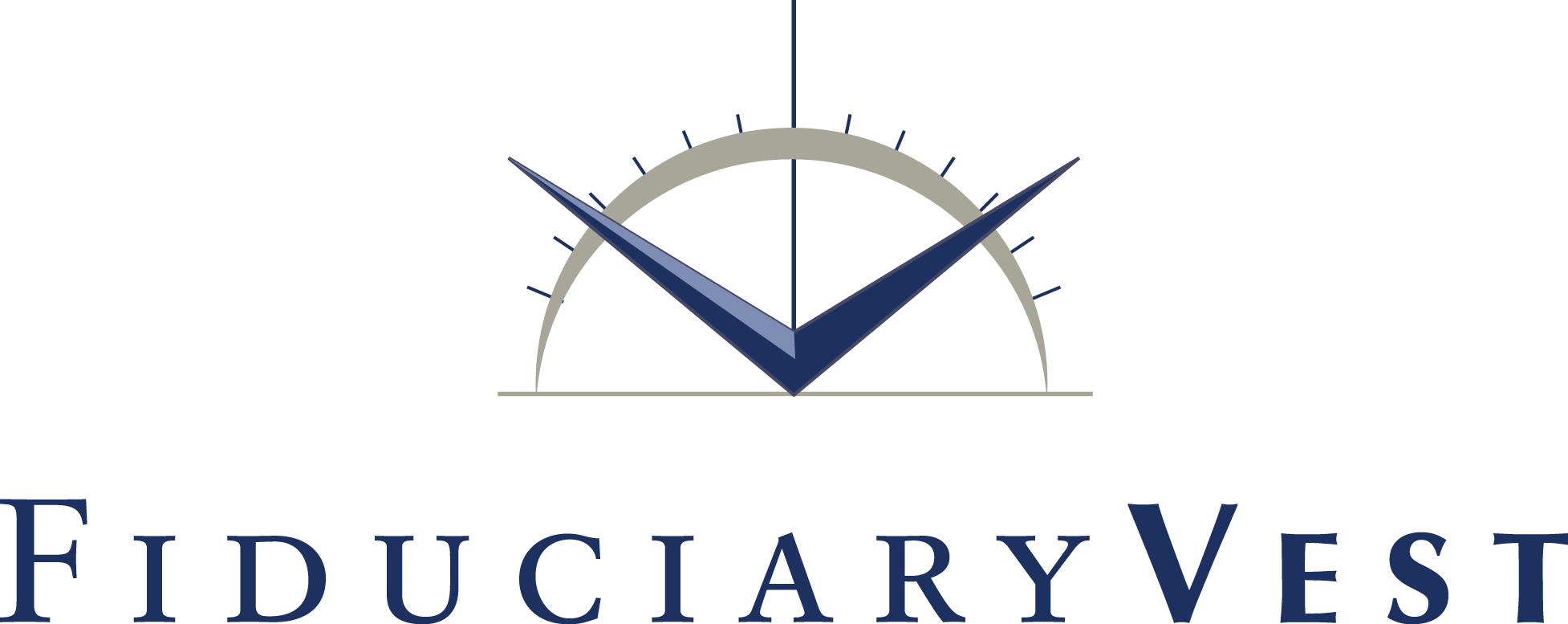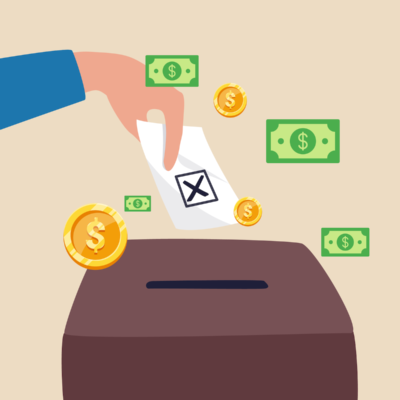
Half Empty? Half Full?
The US Federal Reserve has, since 2008, held itself out to be the bulwark against bad economic times, using its dynamic toolbox of money that would thwart recession, depression, high unemployment, robust price inflation and maybe even chronic chest pains. It all boiled down to creating an avalanche of US dollars and then proving to the world that the new money was real, by using it to purchase mega-gobs of US Treasury and home mortgage-backed bonds. Ten years ago, some Fed governors began to point out that Pandora’s new-money syndrome should be limited to temporary status, because… well, the Fed had never tried this before; so, they said, we just might lose our way back to normalcy. Thus, now in its 13th year of temporary-ness, touche!
It began on the watch of Fed Chairman Ben Bernanke and was signed onto by his successor Janet Yellen and lately magnified by Jerry Powell. This ‘programme’ has reached a stage of presumed legitimacy…. The US Dollar’s reserve currency status seems to have mesmerized central banks around the globe. The fiat-birth of money is now a generally accepted means to side-step everyday economic perils and also relieve the US Treasury from the transparent embarrassment that it must issue a record amount of additional debt… every year…. in peacetime.
You may have known all of the above. But what you did not know was that the benchmark interest yield on 10-year US Treasury notes would suddenly ratchet up by 62% in the first two months of 2021, after lying fallow in its under-1% pandemic yield.
The Fed’s multi-trillion-dollar Treasury-debt purchases were supposed to keep long maturity bond prices high and, hence, interest rates low for many months, or years to come. The likely reason why that scenario is not panning out is that Mr. Market was not fooled by the almost $2 trillion of money-creation and the looming prospect of an additional $2 – $3 trillion (so far). Very simply, the 2021 Fed money-injection will be inflationary, unless many millions of Americans who receive the money just park it in banks and/or investments (which actually happened to a significant portion of the Manna distributed during Stimulus-1 in 2020).
Nearly all Americans who own homes are seeing a supply/demand imbalance that is driving sale prices through their proverbial roofs.
If the sudden, massive money injections are mostly invested, rather than spent for consumption, investment market prices will ‘inflate’, because daily-traded investment assets are a form of commodity. A supply/demand imbalance of equity shares will likely occur and their prices would reflect an inflation-reaction. Hence, the rich (who already owned those investments) simply get richer, as a result of demand driven price-action.
(Nearly all Americans who own homes are seeing a supply/demand imbalance that is driving sale prices through their proverbial roofs. In addition, most of our homes are mortgaged, meaning that those sky-rocketing prices are super-charged by cheap borrowing leverage.
What follows is a part fiction, part real synopsis of an Inflation Play, in four acts.
A Class Inflation Play
ACT I: Too Much Money
Scene 1: Money creation….. more money creation……and still more money creation down at the US Federal Reserve. The US Congress comes to realize that, as long as the nation and the world remain true believers in the Samson-like strength of the US Dollar, there are no actual, or theoretical limits to its debt-financed* fiscal “stimulus”. In addition, more than $1 trillion of new annual budget deficits are financed in that same way.
*In practical terms, the amount of US Government bonds and mortgages “purchased” by the Fed is unlimited, so long as world banks continue to treat the Dollar as their reserve currency.
Let’s remind ourselves… again… that one trillion has 12 zeros, ($1,000,000,000,000) and that, when the Fed Rescue Era began in 2008, total accumulated US Treasury debt was a mere $9 trillion (62% of GDP). Last October 1, the total reached $27 trillion (126% of 2019’s GDP), before the 2021 Stimulus-2 package was adopted, and before the yet-proposed $2 trillion of “infrastructure” money is given its legislative birth.
Note: During most of modern history, the US Treasury’s debt level averaged less than 50% of GDP.
Meanwhile, China is busy building linkage of its currency to a valuation stabilizer that will look and act much like cybercurrency; this new element, coupled with China’s continued economic growth rate, will at least threaten the US Dollar’s reserve status.
Dollar Centennial Anniversary: Most Americans and their creative financial institutions interpolate the existing order of things into the distant future. Perhaps because of that, reserve currency status is presumed to reach beyond even the longest forecasting models. For 100 years, the US Dollar has roosted atop the rest of the world’s currencies.

Scene 2: Borrowing rates have fallen to nearly 0%; even 30-year home mortgages drop to, or below 2%. Despite the requirements of its charter, the Fed grows desperate to spawn a 2-3% society-wide inflation rate that will stave off the debt market’s plunge into negative interest yields, which would lead to the Fed’s loss of control.
Because of the absoluteness of Zero, the Fed’s much-referenced toolbox is now empty of its interest-rate reduction tools. Accordingly, the Fed chairman resorts to unprecedented promises… and re-promises that interest rate hikes are not even being whispered about, yet, within the confines of its mausoleum-like Constitution Avenue headquarters.
The end (?) of a 40-year decline in a key market-determined interest rate:

ACT II: Too Much Demand
Scene 1: Consumption heats up, then over-heats.
Scene 2: Shortages (commodities, manufacturing & construction components) appear, then mushroom, forcing suspensions of plant operations. [e.g., electronic chips used in autos, lumber for housing, etc.]
Scene 3. Widespread corporate hoarding of commodities & manufacturing components develops quickly. Hoarding spreads to retail consumers.
Scene 4: Labor shortages pop up in certain cities, then more cities; salaries and hourly wages rise rapidly. Labor unions bargain tough; labor strikes among large industries multiply.
… and Too Much Debt Low and lower interest rates on loans stimulate borrowing by traditional savers and accelerated borrowing by traditional borrowers. Aggressive competition among money lenders produces relaxation of credit requirements. Wall Street shines, via packaging mortgages and consumption-asset loans for sale to yield-seeking investors.
ACT III: Inflation takes control
Scene 1: Dramatic price increases develop across the economy; demand for exports falls, then rises, as the US Dollar shrinks vs other currencies.
Scene 2: Fast-rising Treasury bill rates; long & short-term market interest rates “invert”.
Scene backdrop: Commodities tell the truth.
‘Mr Copper’ has long served as the most reliable harbinger of emerging changes in commodity prices.

…. And lumber prices represent 1/3 of a typical home contruction cost. The 2021 inventory of new homes is critically low (crisis-low, in some cities), while demand has been unrelenting.

ACT IV: The Fed scrambles to regain control
Scene 1: The Fed apologizes, but bites the bullet, raising interest rates slowly, then more often, 1/4% each time (which proves insufficient to brake the runaway inflation spiral and societal disruption).
Scene 2: Economic contraction emerges; debt defaults and bankruptcies rise rapidly and deeply; housing, autos, imports, travel, hospitality/food service are among the early, worst hit sectors. Stock and bond prices struggle to find stability; stock price/earnings multiples shrink to irrational levels. Rapidly rising interest rates cause US Treasury debt service payouts to more than double (and resulting deficits create a bubble).
[For the next Act, see Act I.]
So, Who Pays?
How many times will we hear the outcries of politicians and fellow travelers, to proclaim that we are borrowing and spending our children and grandchildren into bankruptcy? It’s all true.
Three, or four years hence, what benefits will be left from the $4 trillion Stimulus spending in 2020-21? Perhaps the emerging “infrastructure” spending plan looks unlikely to produce long-lasting benefit. So, maybe a careful definition of the term is really worthwhile…. If it is applied to the 2021 legislative process now underway. Here is our attempt: Infrastructure is a long-term, publicly funded investment in the vehicles that produce efficiency enhancements within core element(s) of the nation’s systems that deliver safety, economic expansion and societal well-being. In order to qualify, its benefits must be clearly measurable, in fundamental terms that represent consensus.
The Interstate Highway Act of 1956 stands out as the perfect infrastructure model. It not only delivered colossal benefits, it continues to do so, 65 years later (and it can still be measured); moreover, its 90% federal/10% state, dedicated gasoline tax funding model was designed to continuously sustain itself… and it has.
Commentary
Commentary was prepared for clients and prospective clients of FiduciaryVest LLC. It may not be suitable for others, and should not be disseminated without written permission. FiduciaryVest does not make any representation or warranties as to the accuracy or merit of the discussion, analysis, or opinions contained in commentaries as a basis for investment decision making. Any comments or general market related observations are based on information available at the time of writing, are for informational purposes only, are not intended as individual or specific advice, may not represent the opinions of the entire firm and should not be relied upon as a basis for making investment decisions.
All information contained herein is believed to be correct, though complete accuracy cannot be guaranteed. This information is subject to change without notice as market conditions change, will not be updated for subsequent events or changes in facts or opinion, and is not intended to predict the performance of any manager, individual security, currency, market sector, or portfolio.
This information may concur or may conflict with activities of any clients’ underlying portfolio managers or with actions taken by individual clients or clients collectively of FiduciaryVest for a variety of reasons, including but not limited to differences between and among their investment objectives. Investors are advised to consult with their investment professional about their specific financial needs and goals before making any investment decisions.
Investment Risk
FiduciaryVest does not represent, warrant, or imply that the services or methods of analysis employed can or will predict future results, successfully identify market tops or bottoms, or insulate client portfolios from losses due to market corrections or declines. Investment risks involve but are not limited to the following: systematic risk, interest rate risk, inflation risk, currency risk, liquidity risk, geopolitical risk, management risk, and credit risk. In addition to general risks associated with investing, certain products also pose additional risks. This and other important information is contained in the product prospectus or offering materials.





